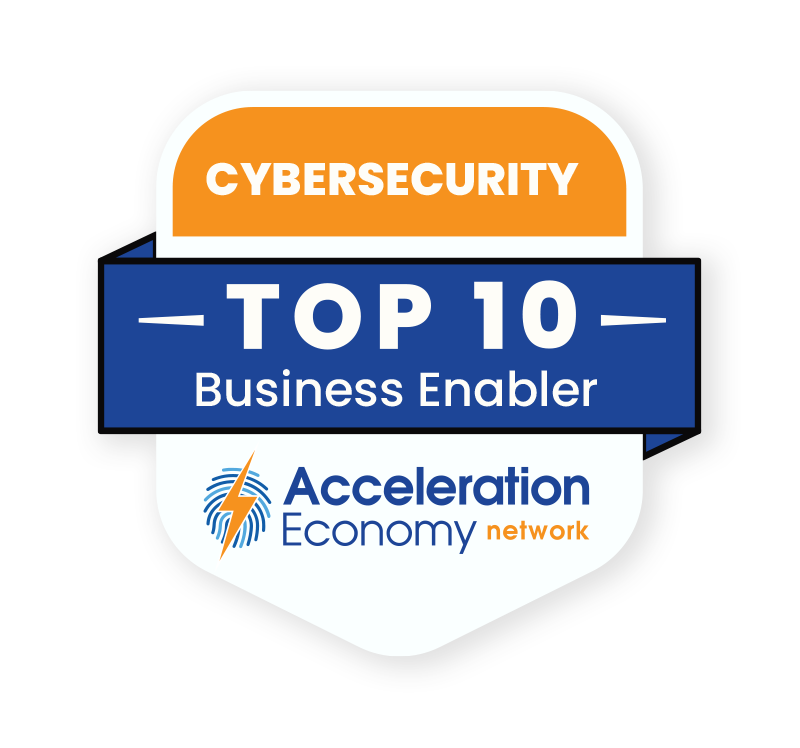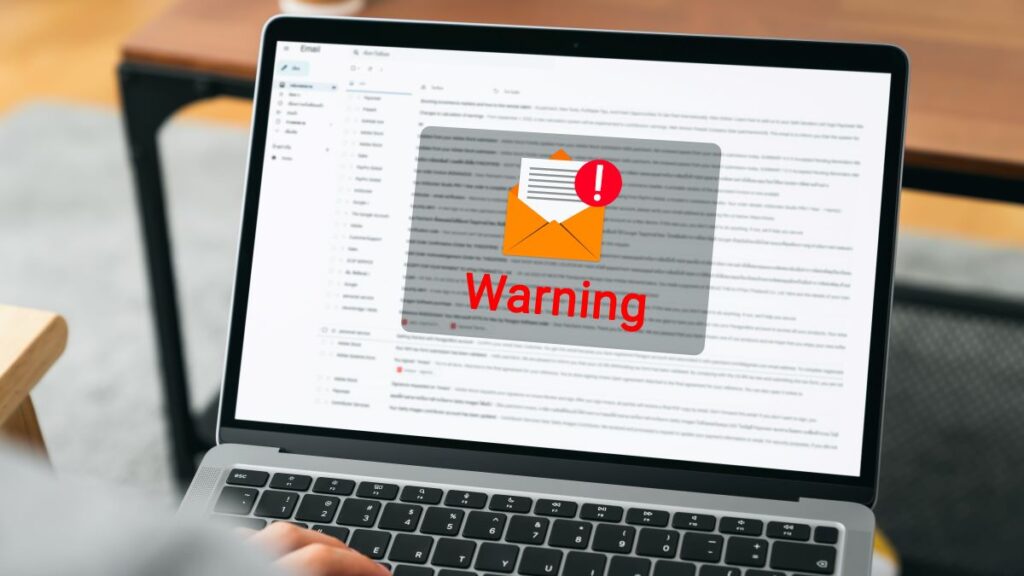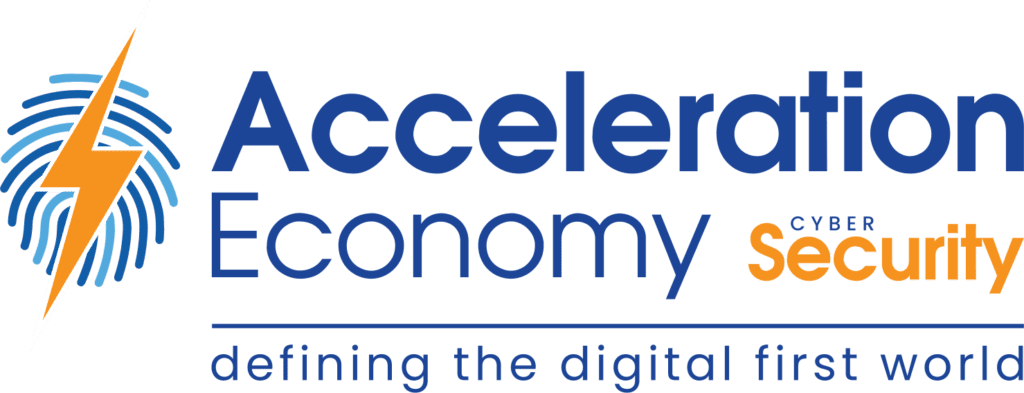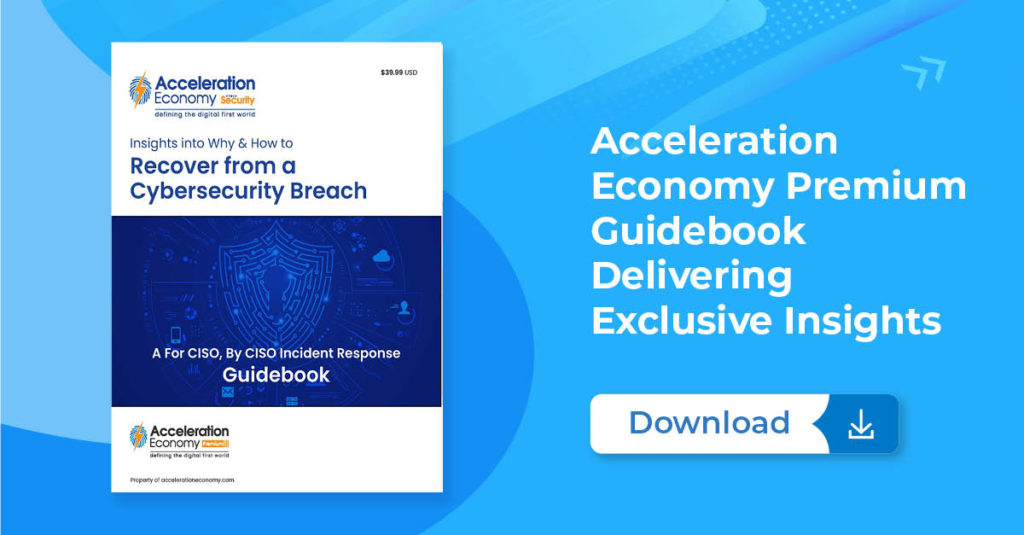In recent years, event-driven architecture (EDA) has become a popular option for connecting software ecosystems. The rise in microservices architectures and software protocols designed to behave more asynchronously has influenced EDA’s increase in popularity.
By adopting an event-driven approach, organizations’ software systems can achieve greater flexibility, scalability, and responsiveness, allowing for independent development and deployment of microservices that can react to events as they occur. This shift away from monolithic systems empowers organizations to build modular, agile, and more real-time applications.
But although event-driven software architecture introduces numerous benefits, it also carries unique security considerations. Below, we’ll explore some general tips for securing event-driven software architecture. By applying them, you can enhance the security of your event-driven software architecture and safeguard your systems against potential threats.

Which companies are the most important vendors in cybersecurity? Check out
the Acceleration Economy Cybersecurity
Top 10 Shortlist.
Understanding Event-Driven Architecture
First off, what exactly is event-driven architecture (EDA)?
EDA presents an alternative approach to traditional client-server interactions where clients continuously query servers for information. This polling method can be wasteful and unnecessary, especially when the server has no new information to provide.
In contrast, EDA is more efficient since the server notifies clients precisely when an event occurs. These events can range from changes in data to new users to the sending of messages. EDA is applicable to a wide range of systems, including databases, sensors, cloud services, and any situation where a change in system state can serve as a trigger.
In an event-driven architecture, there are two primary actors: event producers and event consumers. Event producers generate events, while event consumers subscribe to these events and perform actions based on them. This publish-subscribe model, often implemented through event streaming mechanisms, allows for a decoupled and scalable system. Several styles of EDA exist, including websockets, webhooks, Google’s Pub/Sub, Server-Sent Events, and Apache Kafka.
Industries such as manufacturing, banking, telecommunications, and insurance, where real-time data is crucial, commonly employ event-driven architecture to enable efficient processing of events and timely reactions to critical information.
Security Implications of Event-Driven Architecture (EDA)
Due to its inherent complexity and decentralized nature, monitoring and debugging event-driven systems can become challenging and time-consuming. Additionally, as EDA involves numerous over-the-wire requests, implementing granular security measures becomes crucial to protect sensitive data and ensure secure interactions.
One of the critical security aspects to address in event-driven architecture is defining rules for how services interact with one another. Arguably, each additional event consumer added to the event stream introduces another potential vulnerability, increasing the risk of data overexposure and unauthorized access.
Ways to Secure Event-Driven Architecture (EDA)
With this in mind, it’s vital to adhere to the principle of least privilege and carefully assess and restrict the permissions granted to event consumers to mitigate these risks. Some other ideas for resolving security issues in event-driven architecture include:
Implement strict input validation and parameterization: Ensure that all inputs are properly validated and sanitized to prevent injection attacks and unauthorized access to sensitive data. Enforcing event filtering will minimize the risk of malicious or unauthorized events disrupting the system.
Implement secure communication channels: Use secure protocols, such as secure sockets layer/transport layer security (SSL/TLS), to encrypt data in transit and protect it from eavesdropping or interception by unauthorized parties.
Enable proper logging and monitoring: Implement comprehensive logging and monitoring practices to track and analyze events. This can help detect security incidents and respond in a timely fashion.
Use secure authentication and authorization mechanisms: Implement strong authentication and authorization mechanisms to ensure that only authenticated and authorized entities can interact with event brokers and participate in the event-driven architecture.
Enable authorization for read/write operations: Implement fine-grained access control mechanisms to authorize read and write operations on events, ensuring that only authorized services and users can perform specific actions.
Leverage security features of the event streaming platform: Utilize the built-in security features provided by the event streaming platform you are using. For example, Apache Kafka offers features like the Java Authentication and Authorization Service (JAAS) for SASL configuration and a pluggable authorization framework.
Know your surface area: Understand the components and protocols used in your event-driven architecture. Consider using standards like AsyncAPI (an event-driven-focused specification analogous to the OpenAPI) to document and maintain your event-driven architecture, specifying the protocols used (such as AMQP, HTTP, WebSocket, JMS, Kafka, or MQTT) and ensuring secure configuration.
Tools and Techniques to Consider
Developers can leverage various tools and techniques developers to secure an event-driven system.
- Application programming interface (API) gateways and service meshes can help enforce security policies, handle authentication, and provide secure communication channels for event-driven services.
- Identity and access management (IAM) tools are also an important element to help manage user identities, authentication, and authorization across the event-driven architecture. The OAuth family of specifications is often applied to ensure secure token exchanges within a zero-trust event-driven architecture.
- Threat detection and prevention solutions can identify and mitigate potential security threats in real time.
- Security information and event management (SIEM) systems can help centralize and analyze security logs and events, enabling effective incident response and proactive security monitoring.
Final Thoughts
Remember that securing event-driven architecture is an ongoing effort, and it is essential to continuously monitor, evaluate, and update your security measures to stay ahead of potential risks. By prioritizing security from the early stages of development and engaging security professionals when needed, you can ensure the resilience and reliability of your event-driven software architecture in the face of evolving security challenges.
Want more cybersecurity insights? Visit the Cybersecurity channel:








